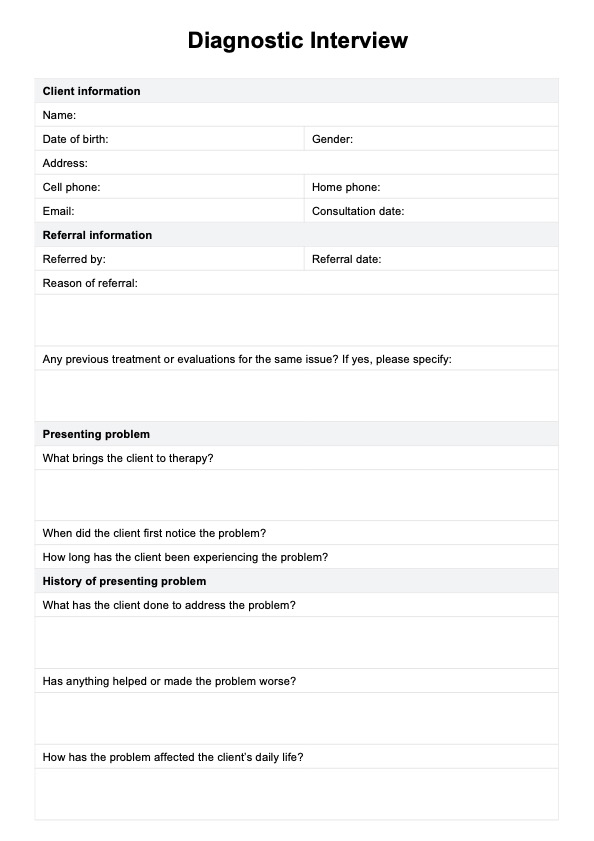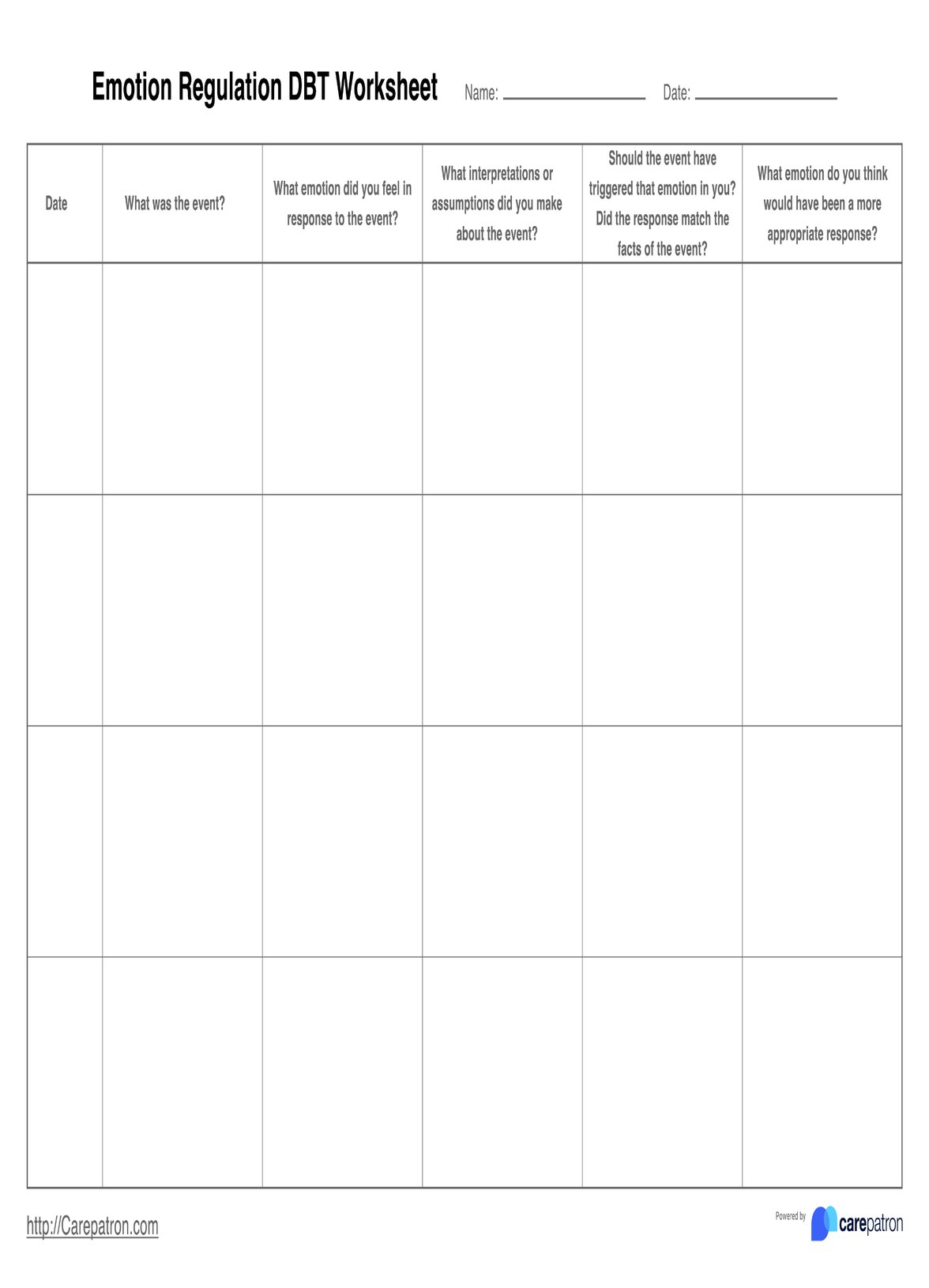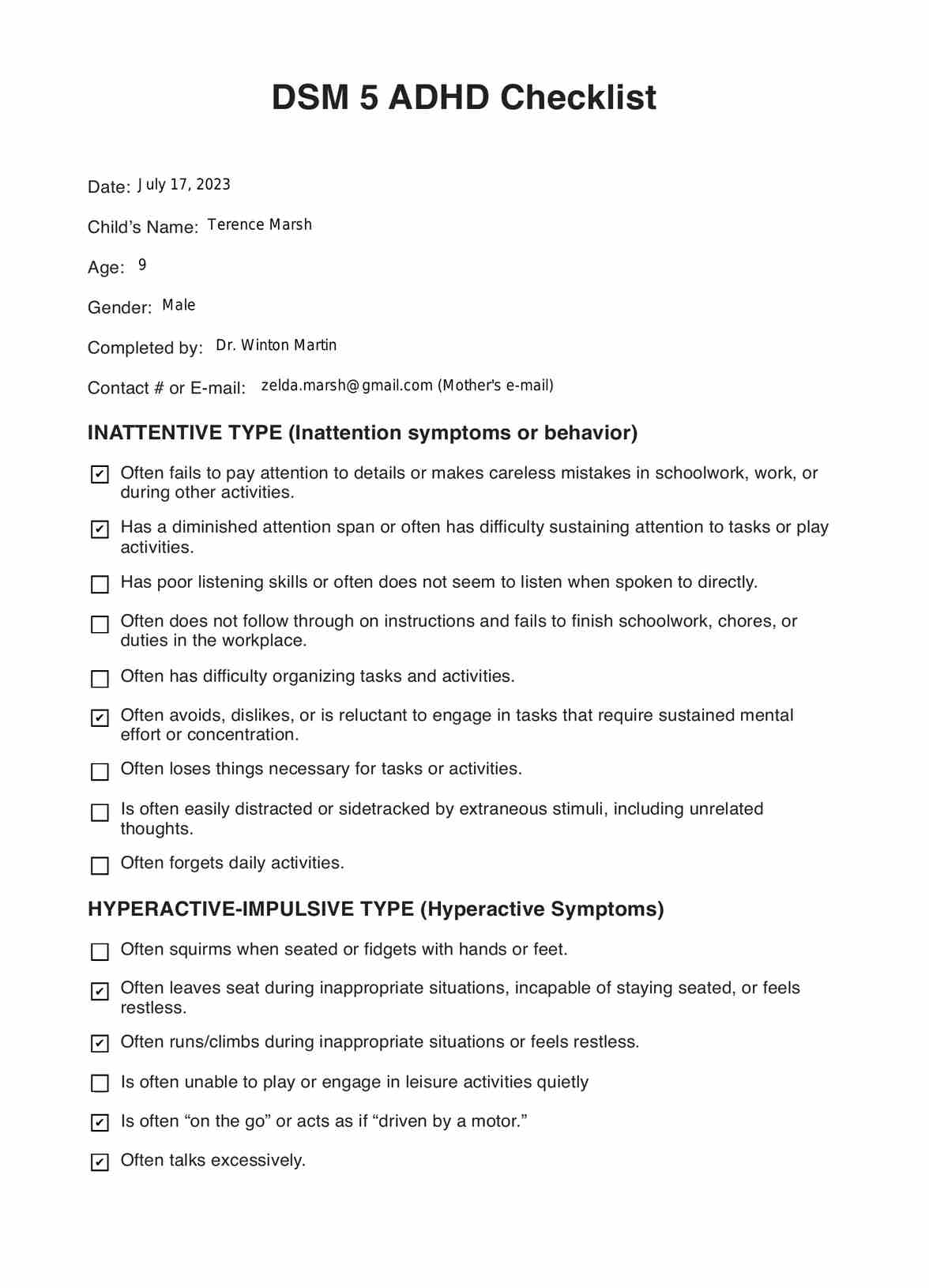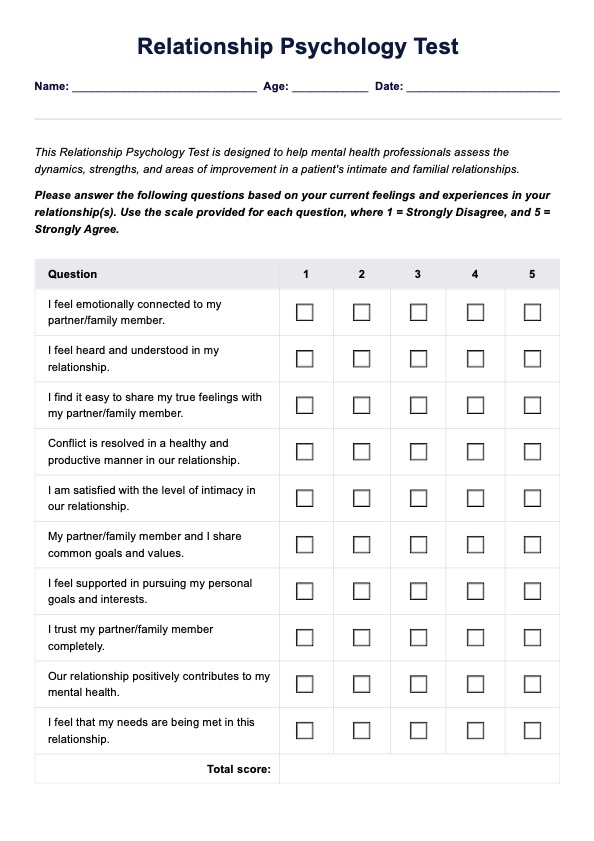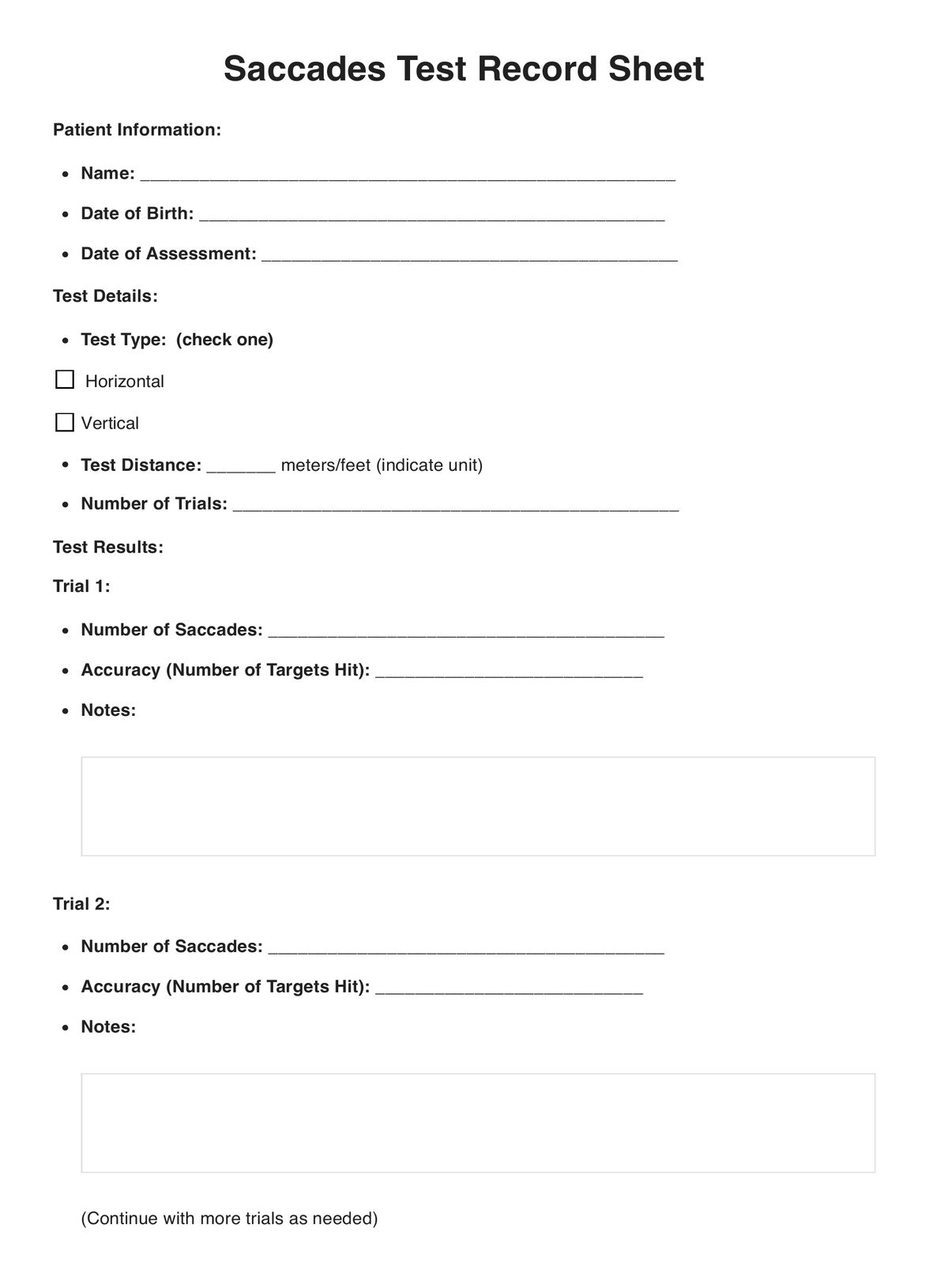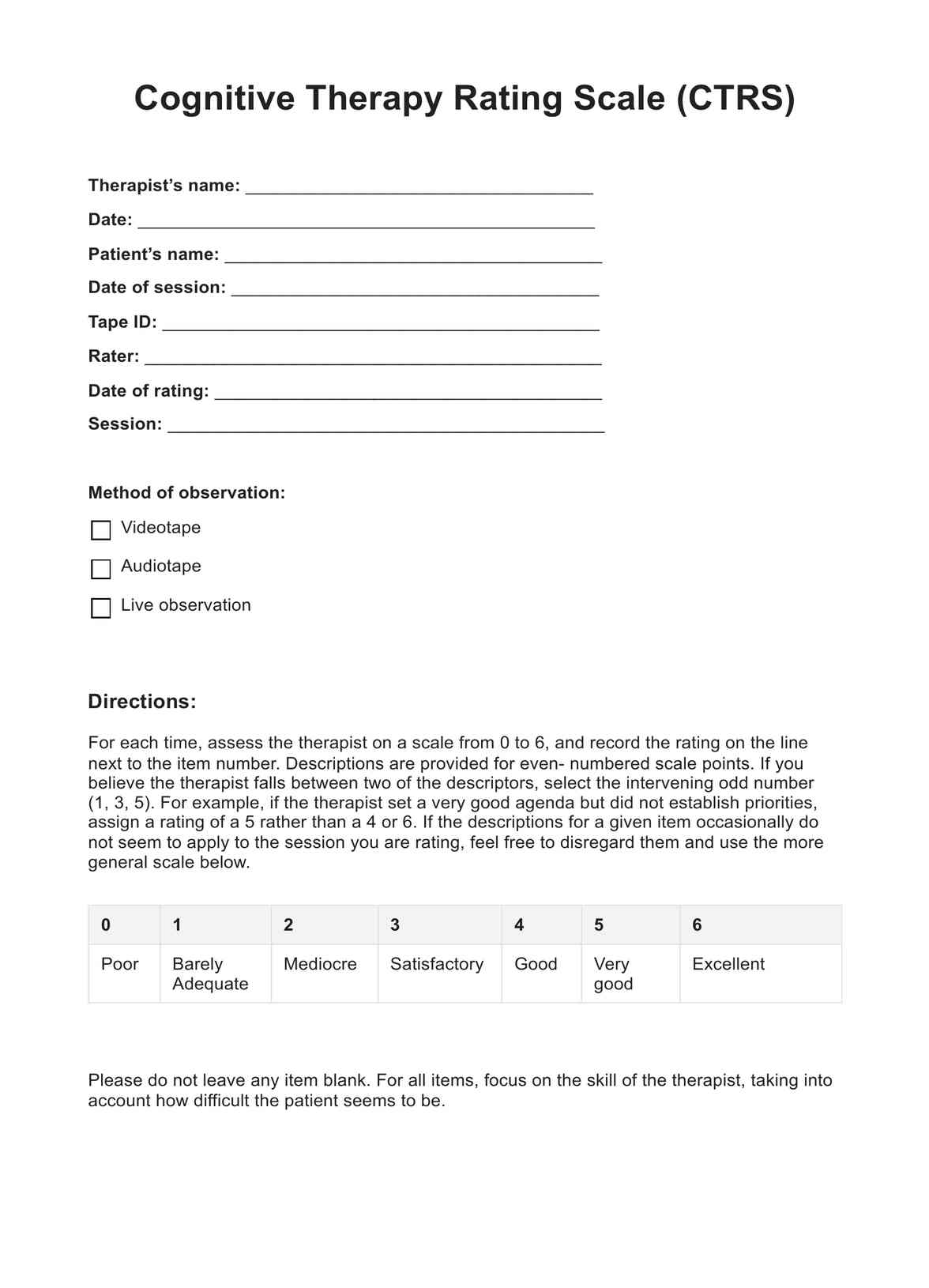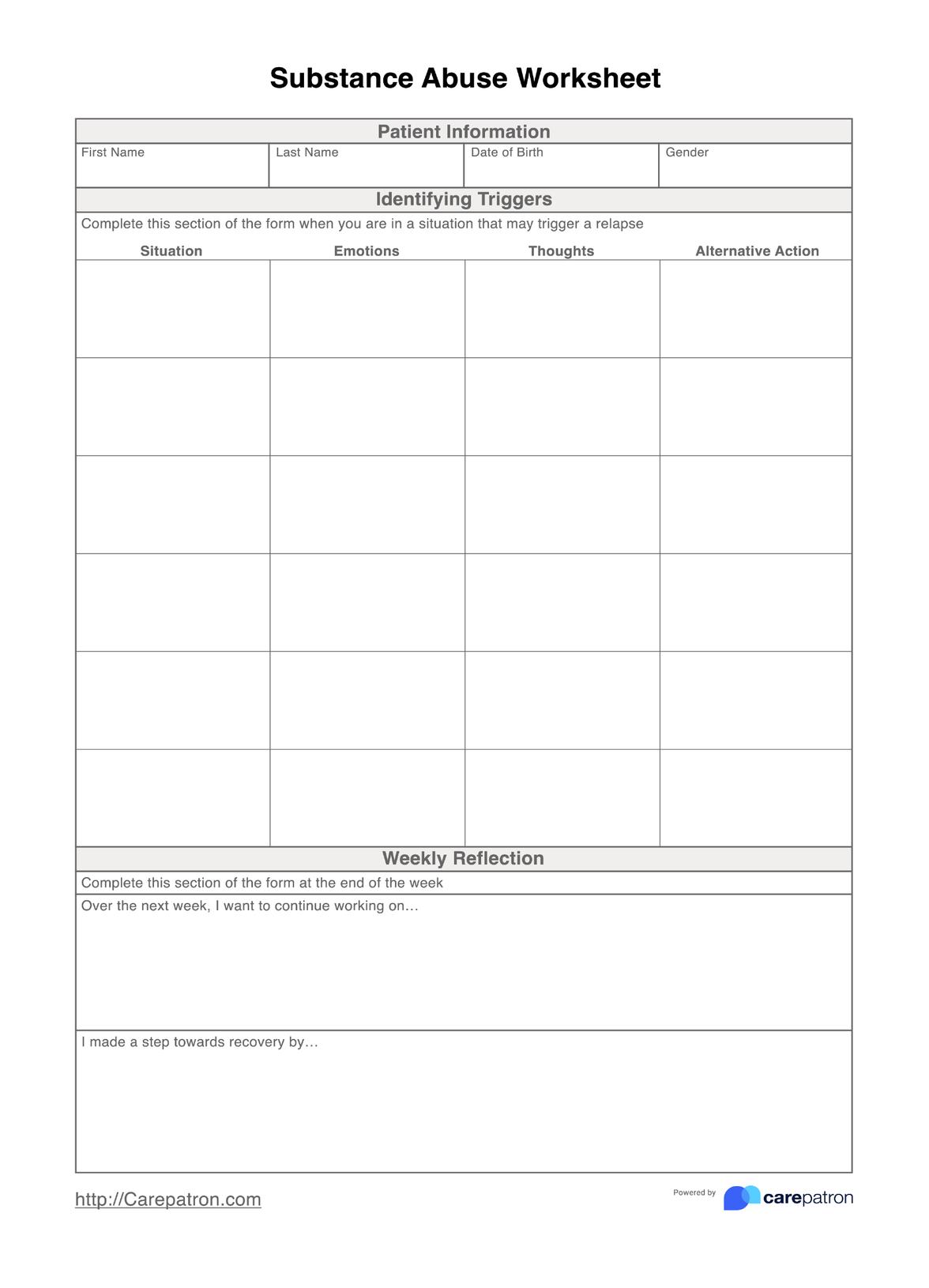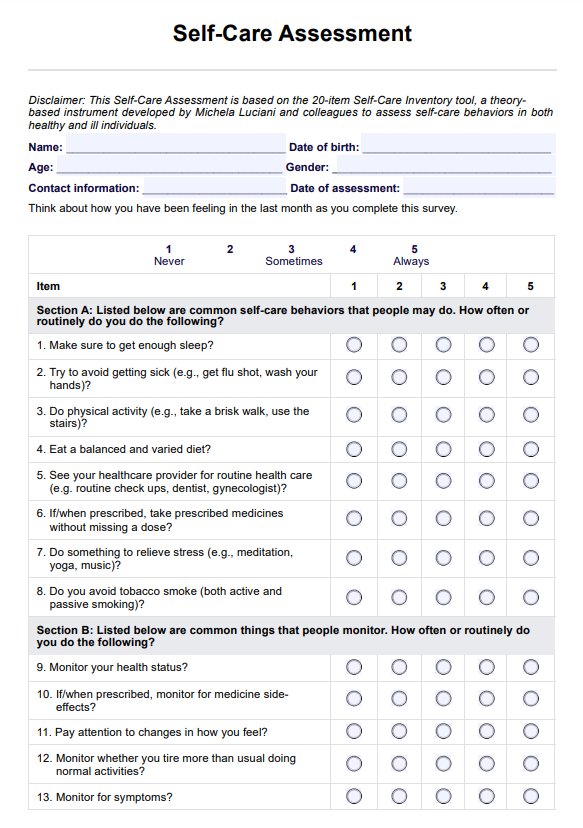Seeking Forgiveness Worksheet
Help your patient work through their feelings of guilt, shame, and resentment by issuing the Seeking Forgiveness Worksheet! Learn more about it through this guide.


What is Forgiveness?
Before we discuss what the Seeking Forgiveness Worksheet is all about, let’s talk briefly about forgiveness itself.
Forgiveness is the difficult choice of letting go. It is the letting go of sadness, anger, resentment, shame, guilt, thoughts of vengeance, ill wishes, and disappointment. It is an arduous journey within the self that not everyone is willing to take, or at the very least are wary of even trying. Forgiving is difficult. Whether it’s forgiving others or yourself or asking for forgiveness, it is difficult.
For this guide, we’ll be focusing on seeking forgiveness. This is difficult in its own right because if you’re seeking forgiveness, you’ve likely done something that has wronged another person. It’s one thing to feel guilty and ashamed about what you’ve done, but it takes a lot of courage to ask those you have wronged for forgiveness, even more so if you plan on rectifying your mistakes and owning up to them. You also have to be prepared to accept that you might not even be forgiven, or at least, it’ll take some time before they decide to forgive you.
The Seeking Forgiveness Worksheet was created to help people come to terms with the fact that they have wronged others and to nudge them to ask for forgiveness with a genuine want of mending the strained relationships rather than to feel less guilty.
Seeking Forgiveness Worksheet Template
Seeking Forgiveness Worksheet Example
How to use the Seeking Forgiveness Worksheet?
The Seeking Forgiveness Worksheet is a writing exercise that serves as a way for people to identify what they did wrong and plan how they would go about asking for forgiveness.
It has two parts. The first part is the planning stage. If you’re wondering if it’s even genuine if you plan how you’ll go about asking for forgiveness from another person, well, supposedly. Asking for forgiveness is hard, and it’s not something that a person who is guilty and ashamed can do out of the blue. They have to find it in themselves to ask for it, especially if the person they’ve wronged is someone important to them.
PART 1
For this part, they will do the following:
- They need to state what they did that wronged others. When they indicate what they did, they cannot make excuses.
- After identifying what they did that wronged others, they need to apologize and express their guilt, shame, and/or disappointment in themselves.
- They need to empathize with the person they’ve wronged. They have to make it known to the other person that they genuinely understand how they feel and acknowledge their perspective. If you have experienced what they’re feeling before, identify with them.
- They need to remember that they should be valuing the relationship they have with the person more than feeling less guilty and ashamed. They should communicate that they are willing to mend the relationship and ask what they can do to compensate for what they did. If the other party is willing to compromise, follow through with the compromise. They also should prepare for the possibility that they won’t be forgiven, or at least not anytime soon.
- They must also state that they won’t pull off what they did before and swear that they won’t even try to wrong them in the same way again.
They need to write down the gist of their apology and how they will go about it based on these prompts.
PART 2
For this part, they will just write down how their apology went and what happened after. They will also write down their feelings and thoughts after apologizing, whether they were forgiven or not. They will also write about what they plan on doing moving forward.
That’s it!
When is it best to use the Seeking Forgiveness Worksheet?
The best time to have your patient engage with the Seeking Forgiveness Worksheet would be when you’re in the middle of your therapy or counseling program. If guilt and shame have been weighing on your patient, they will likely not be emotionally strong and confident enough to ask for forgiveness from the person they’ve wronged at the beginning of your program.
Given that, you must focus on establishing rapport and trust first and make sure they feel safe and in a non-judgmental space. Once they trust you enough to share what they’re going through, getting them to apologize is another bridge to cross. You’ll need to tweak your program to develop ways to build their confidence and self-esteem because if they are seeking forgiveness, they need to muster up the courage and confidence to ask the person or people they’ve wronged, and they must also have the courage to forgive themselves.
Once it’s evident that they’re more confident, that’s the best time to issue this worksheet. This worksheet is more or less a way to plan how to seek forgiveness without making excuses or expecting to be forgiven. Writing things on paper is an excellent way to structure how they will articulate themselves.
What are the benefits of the Seeking Forgiveness Worksheet?
It can help professionals identify what is weighing on their patients.
Let’s say that you’ve finally broken down the ice. Your patient feels safe, they don’t fear being judged by you, and they trust you enough to share their feelings of guilt and shame. Even with that, that doesn’t necessarily mean they will blurt out what they did that wronged others. This worksheet can help with that because it asks the patient to identify what they did and write down the gist of how they will go about their apology. By knowing the root cause of their shame and guilt, you can weigh in and provide suggestions as a way of showing support.
It can help patients face their shame and guilt.
As we mentioned earlier, the Seeking Forgiveness Worksheet asks the person engaging with it to state what they have done that wronged others. The prompts even tell them to not make any excuses when stating what they’ve done, to acknowledge the perspective and feelings of the people they’ve wronged, and to focus on mending the strained relationships rather than focusing on lessening their guilt and shame. The point of the writing exercise is to get them to plan how they will apologize. It’s like preparing them for the actual thing. Of course, there’s no guarantee what will happen when they finally apologize. Writing things down, at least, will prepare them to articulate what they want to say when they’re face to face with the person they’ve wronged.
It can help patients look towards the future.
The last part of the worksheet will ask them how their apology went. Were they forgiven? Were they not forgiven? What did they feel during the time when they were apologizing? What did they feel about the response of the other person? They will detail all that in the second part.
It will also ask them about what they plan on doing moving forward, no matter the outcome of their apology. This is an opportunity for them to look forward to the future. Will they focus on mending and improving their strained relationship? If they were forgiven, will they forgive themselves next? Looking towards the future is the start of moving forward. It’s just a matter of knowing what to do next, and this worksheet will let them think about that.
Commonly asked questions
There might be some difficulty, given that it asks people to write down what they did that wronged others and how they will apologize for it. It will also ask them to write about what happened after they apologized. This worksheet is for articulating heavy stuff, so don’t be surprised if your patient takes a while before submitting it back to you.
The patient will engage with this worksheet twice, once before apologizing to the person or people they’ve wronged and again after they’ve apologized. There’s no time limit, though. If this is being worked on during a therapy program, maybe it’s best to agree on when you should expect a fully-accomplish copy.
Yes. If you believe that this worksheet can help you find the courage to apologize to the people you’ve wronged, then go ahead and use it. It’s free! Though, please don’t substitute this for therapy. If your guilt and shame have been too much for you to handle and your mental well-being has declined, please see a professional to have an expert help you work through these feelings.


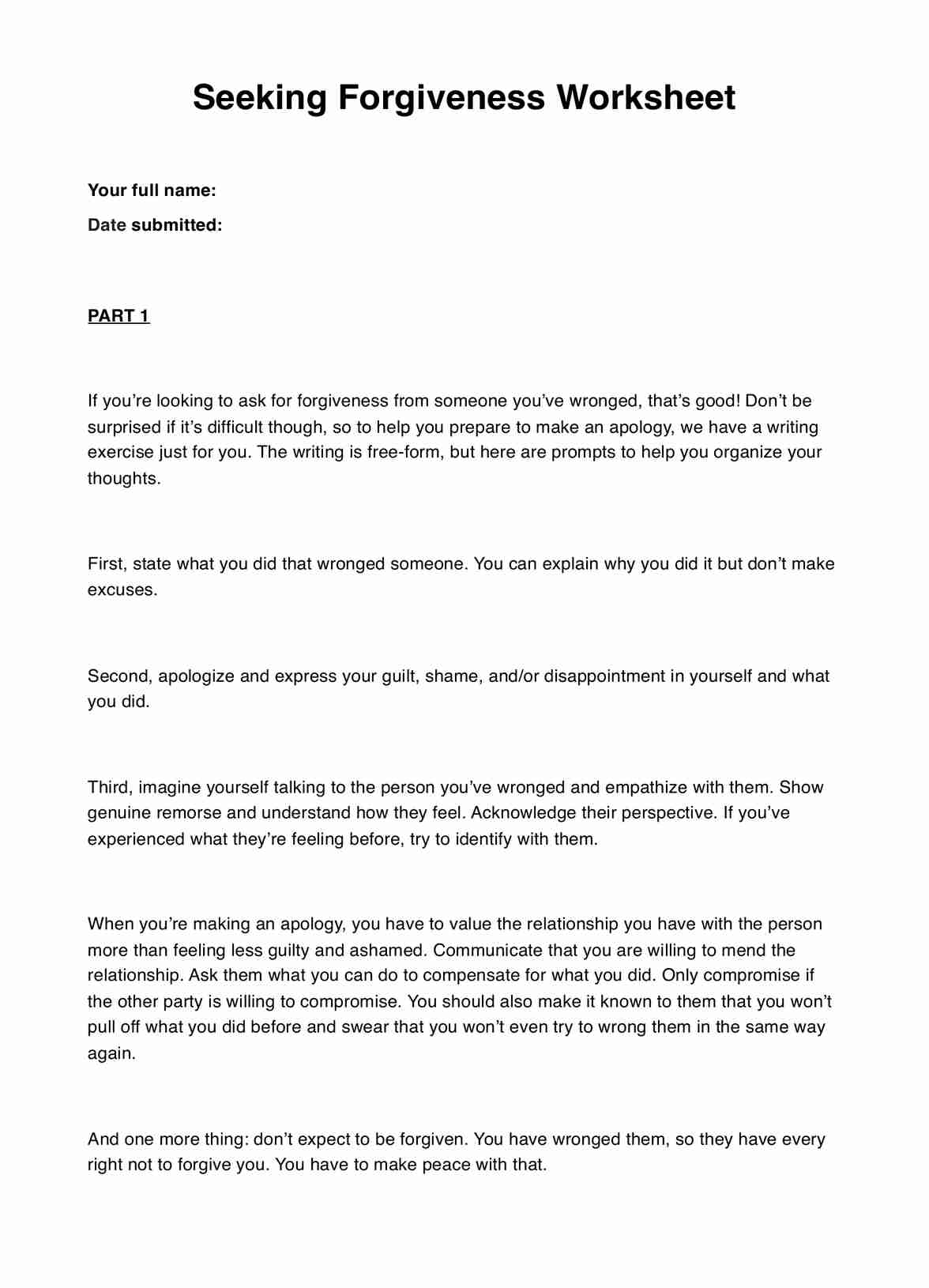
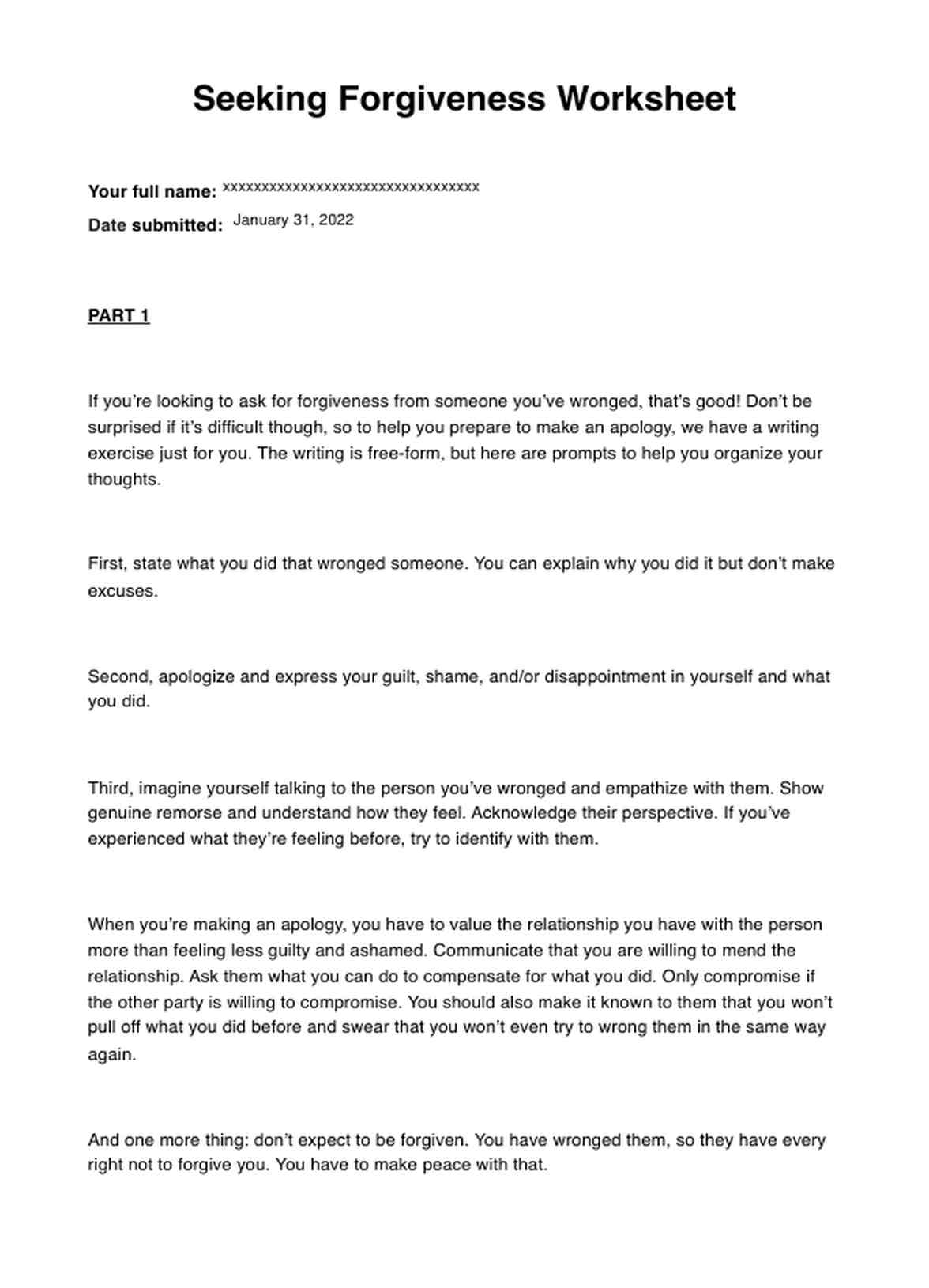















-template.jpg)





















































































